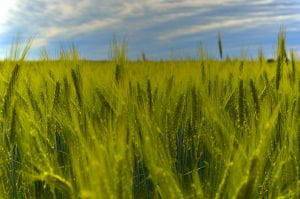 Over the past week, I have found that everyone is not always as tech-savvy as I thought they were. Additionally, I am finding that due to the stay at home order, we are all missing connecting with our family and friends. Maybe your church is using Zoom to show your church service. Here is a helpful video on how to use the platform called Zoom.
Over the past week, I have found that everyone is not always as tech-savvy as I thought they were. Additionally, I am finding that due to the stay at home order, we are all missing connecting with our family and friends. Maybe your church is using Zoom to show your church service. Here is a helpful video on how to use the platform called Zoom.
This program is free and one of the ways the OSU Extension is helping to hold our virtual meetings. I am using this for our Virtual Coffee Shop, our Master Gardener Meetings, additionally, Zoom is being used for educational events, 4-H meetings, Camp Counselor training, school classes, school labs, or other business meetings in the county. It is a way to connect groups.
There were so many questions last week, that I felt I needed to make a video on how Zoom works whether using a landline phone, flip phone, smartphone, iPad or a computer. The video goes through Zoom in general — the first 17 minutes will talk about joining via the phone, both landline and smartphone, at the 17-minute mark the video talks about how to join Zoom via a computer or other device. I recommend watching the first 2 minutes of the video with any type of device you are using.
Finally, if you watch this a feel like you could host your own meeting Zoom is free for up to 100 participants and 45 minutes at a time. I think this is a great option to talk with your family. Last week, we celebrated my brother’s birthday via Zoom. We were all in our homes (Ohio, Arizona) but it was great to have all 5 families virtually face to face for a little celebration. I think one could use this to reach out to a family member in a nursing home.
Again, we are all learning to live in a different type of world from at home. I appreciate the opportunity to talk with each of you and I do miss seeing you in person. For now, please call, text or Zoom with me. Help keep Ohio safe by staying home. Please reach out if you have more questions on Zoom or any other agricultural topic.
The link to the Zoom Video is on YouTube at https://youtu.be/ndYBBEAz9x0










